Bristol-Myers introduced CEENU (lomustine), a chemotherapy product for brain cancer and Hodgkins lymphoma
In 1976, Bristol-Myers introduced CEENU (lomustine), a chemotherapy product for brain cancer and Hodgkins lymphoma. Lomustine is an…
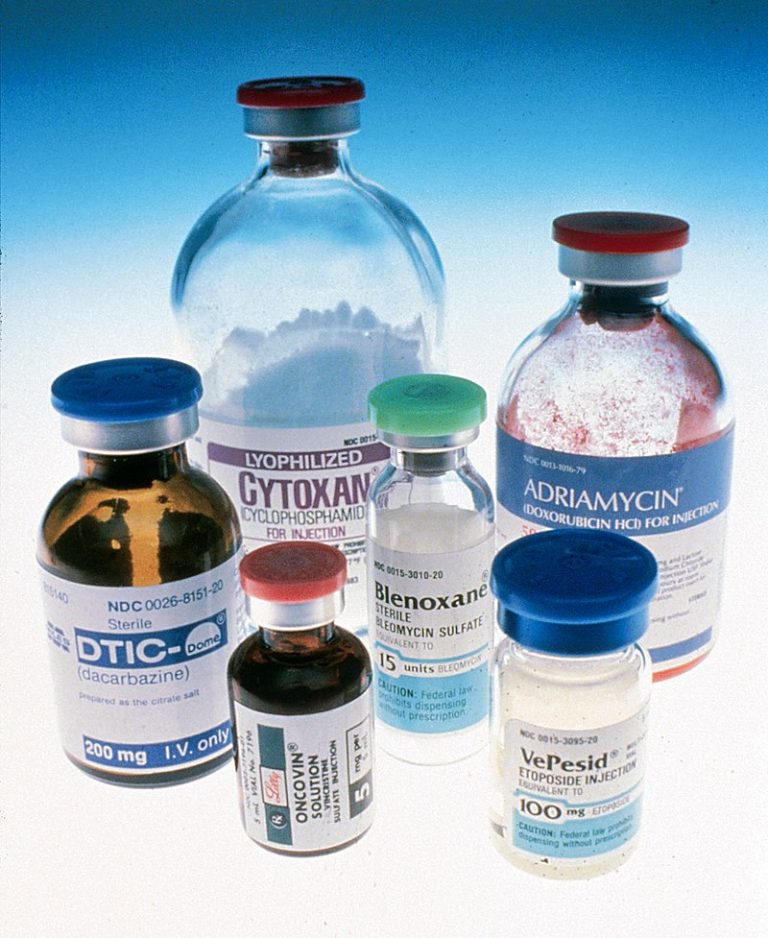
In 1976, Bristol-Myers introduced CEENU (lomustine), a chemotherapy product for brain cancer and Hodgkins lymphoma. Lomustine is an…
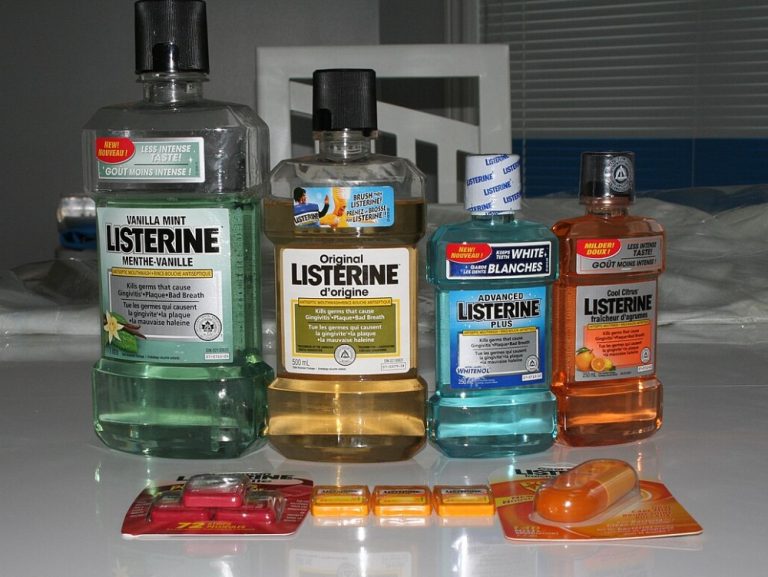
In 1976, Warner-Lambert was required by the Federal Trade Commission (FTC) to cease and desist from advertising that…

In 1976, The U.S. Congress passed the Toxic Substances Control Act (TSCA) which provided the U.S. Environmental Protection…
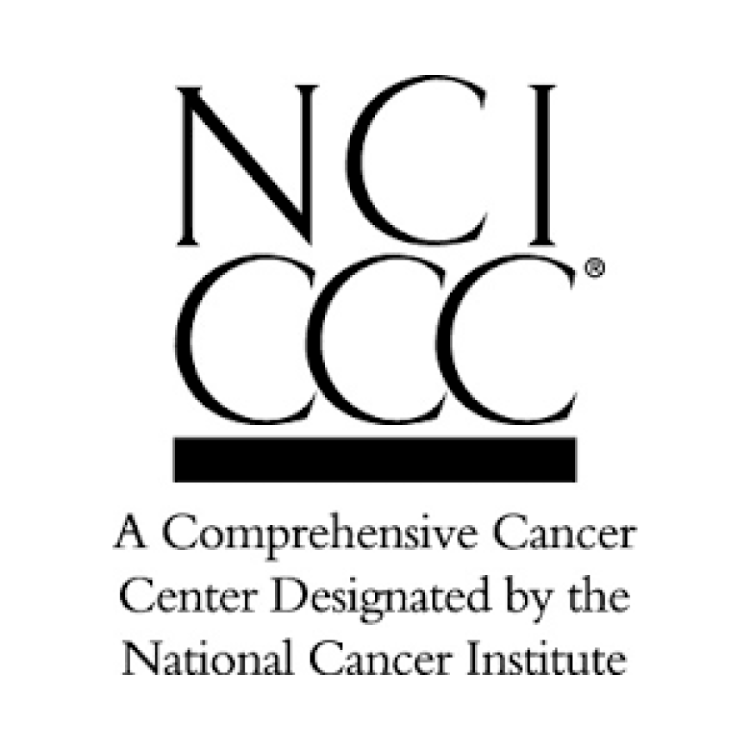
In 1976, the Ohio State University Cancer Center (OSUCCC) received National Cancer Institute (NCI) comprehensive center designation. The…

On Jul. 29, 1975, the U.S. Congress passed a bill to amend the Education for All Handicapped Children…

On Jan. 1, 1975, Kurt Amplatz published Radiographic changes in the postoperative patient in Cardiovascular Diseases. Amplatz, M.D.,…
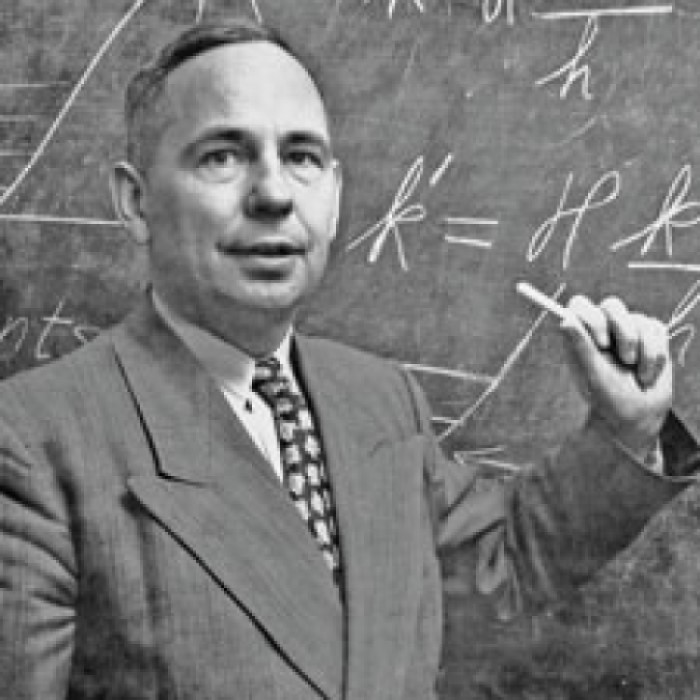
In 1975, the Priestley Medal was awarded to Henry Eyring by the American Chemical Society “to recognize distinguished…

On Feb. 25, 1975, leading biology researchers and lawyers participated in what became known as the Asilomar Conference,…
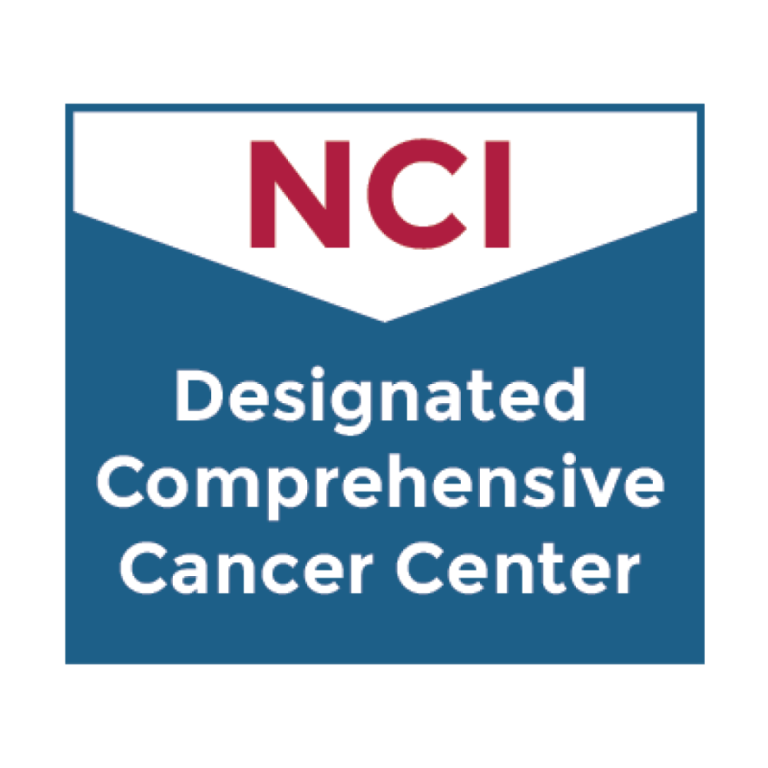
In 1975, Virginia Commonwealth University Massey Cancer Center received National Cancer Institute (NCI) designation. Massey is the only…

In 1975, recombinant DNA sequencing methods were developed. From being the most difficult macromolecule of the cell to…
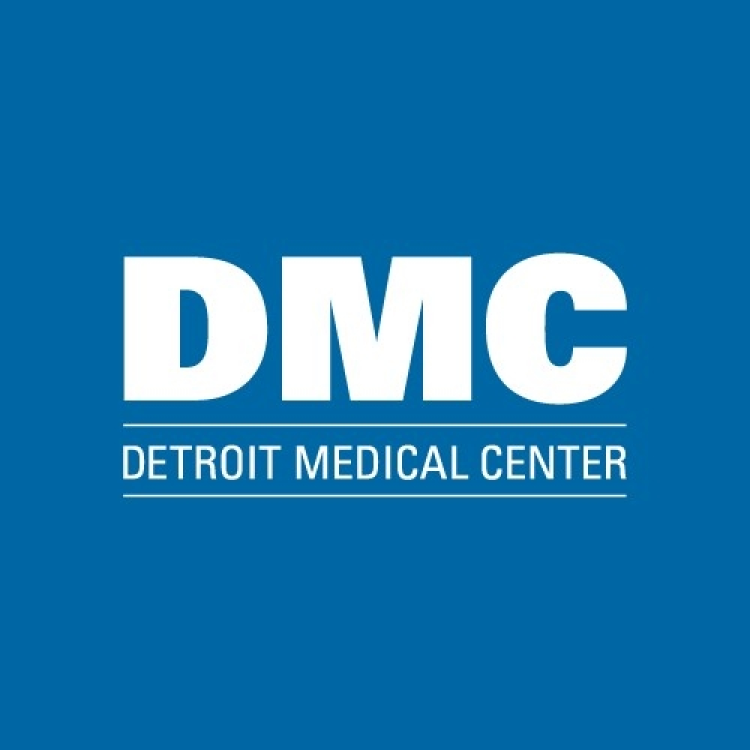
In 1975, the nonprofit Detroit Medical Center Institute for Oncology and Allied Diseases was established, formed from the…

In 1975, Bristol-Myers researchers Miguel A. Ondetti and David W. Cushman created CAPOTEN (captopril) the first in a…
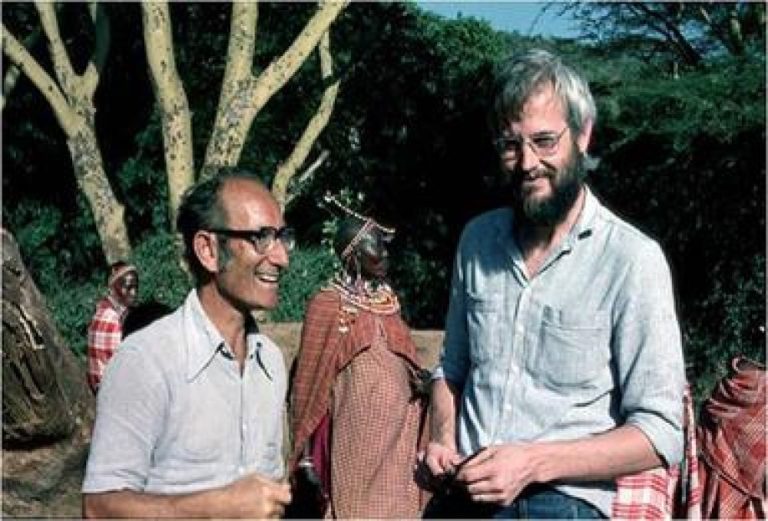
In 1975, Georges Kohler and Cesar Milstein, showed how monoclonal antibodies can be generated by isolating individual fused…
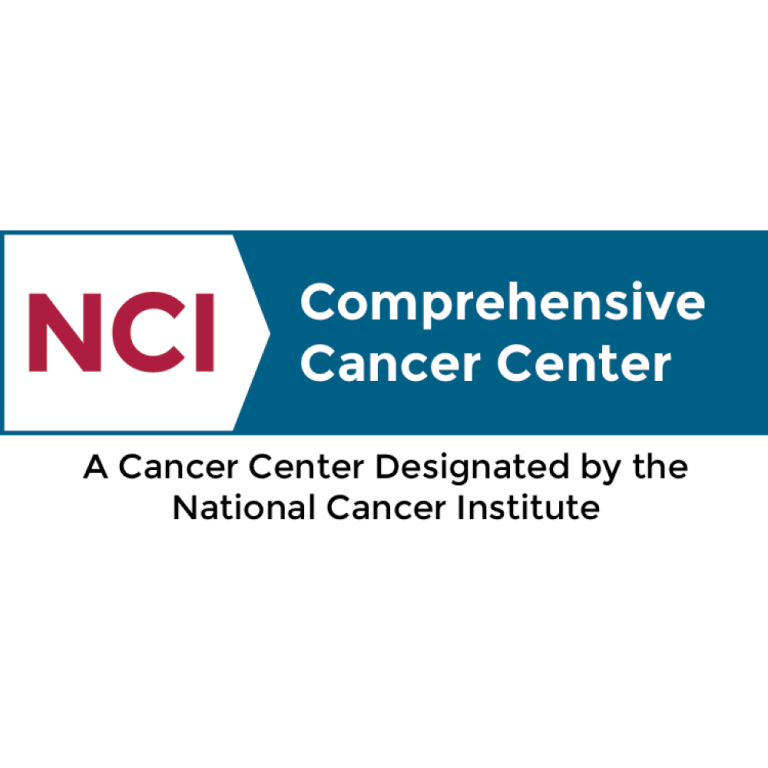
In 1975, The Perlmutter Cancer Center was founded and received National Cancer Institute (NCI) Designation status. Its mission…
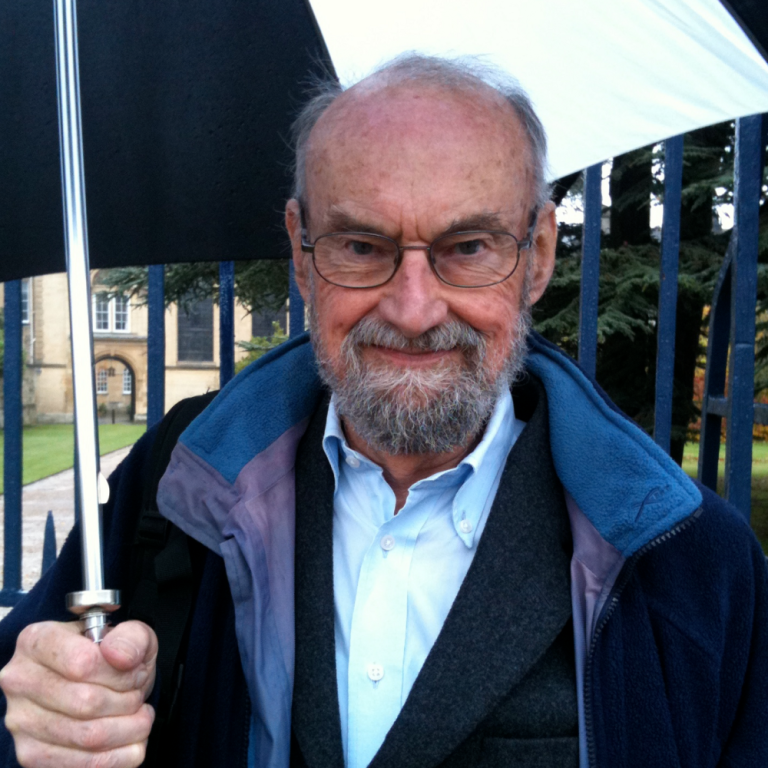
In 1975, the Southern blot technique was developed to analyze DNA fragments. The technique was named after its…
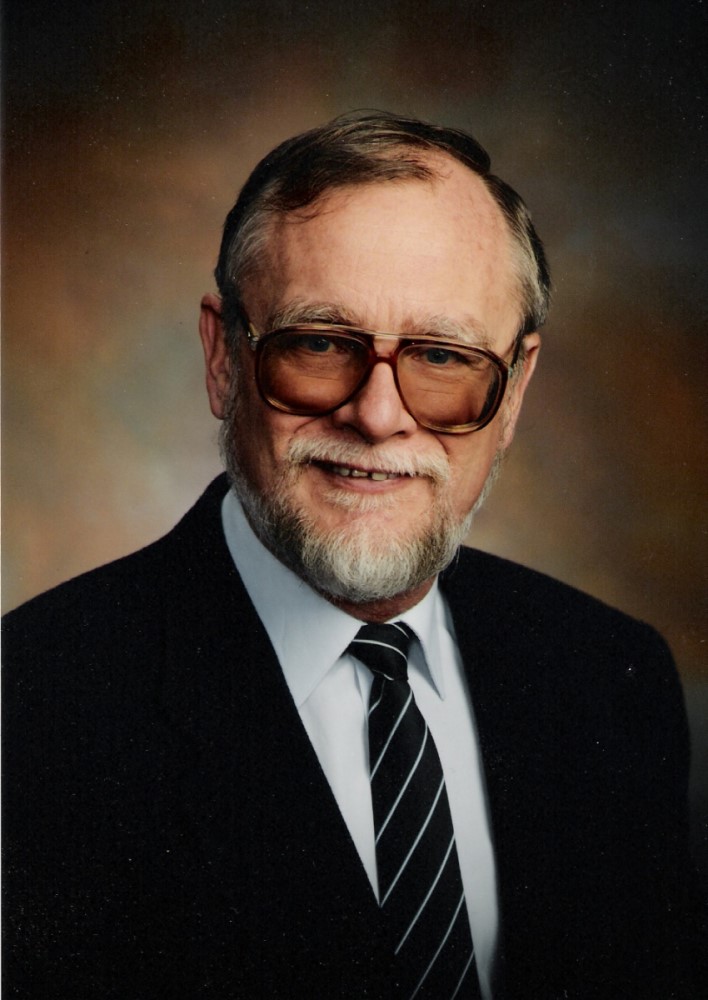
In 1975, Molecular Probes was founded by Richard and Rosaria Haugland in their kitchen in Minnesota. The biotechnology…
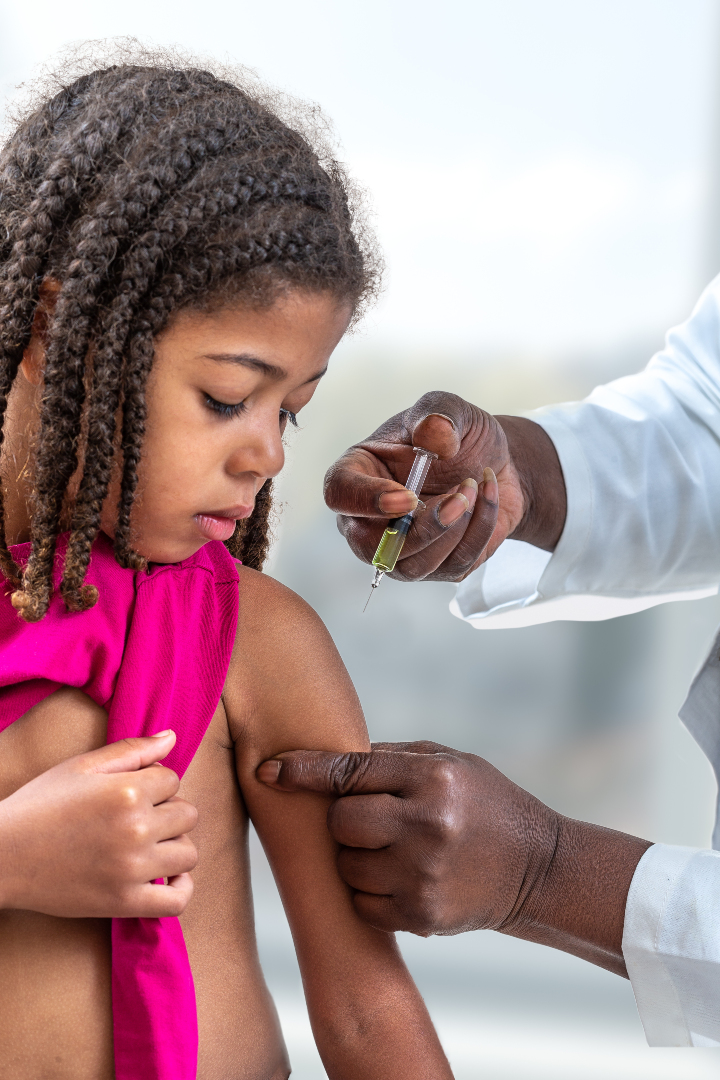
In 1975, The World Health Assembly passed a resolution to create the Expanded Programme on Immunization (EPI) to…
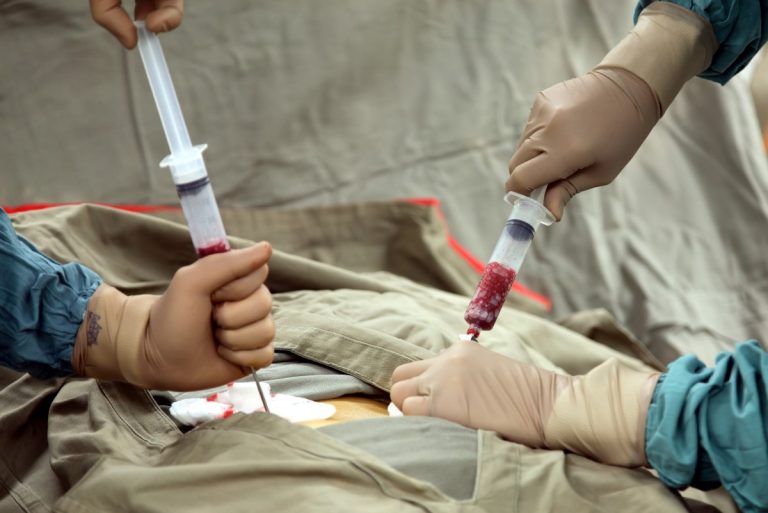
In 1975, Dr. E. Donnall Thomas, a pioneer in bone marrow transplantation, secured a permanent treatment home at…

In 1975, rapamycin, a macrolide produced by the bacterium Streptomyces hygroscopicus was first discovered and isolated from soil…

In 1975, The National Plant Genetic Resources Board (NPGRB) was established by the secretary of agriculture in 1975,…
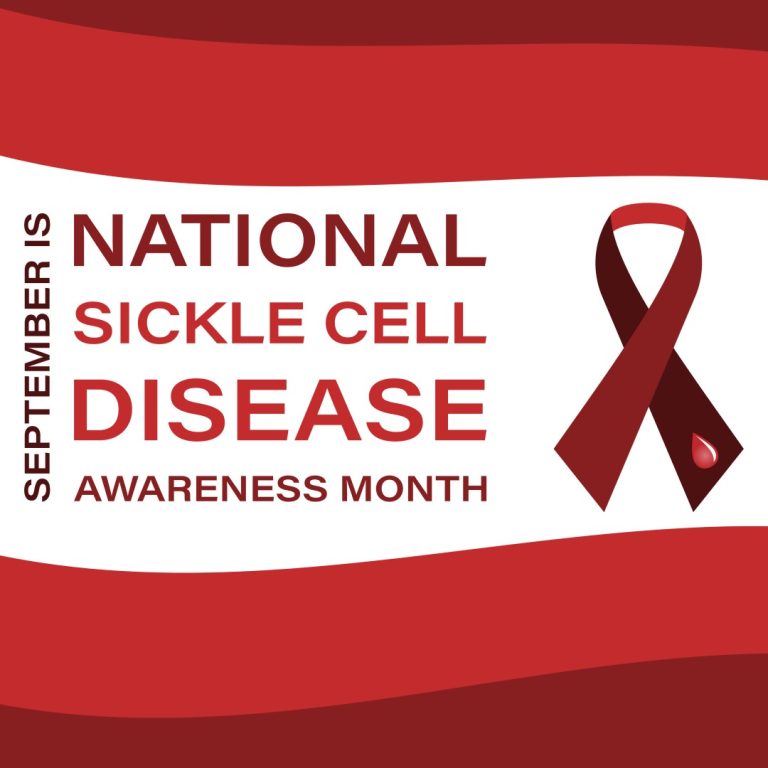
In 1975, Sickle Cell Disease Awareness Month originated when the Sickle Cell Disease Association of America and its…

In 1975, only eight institutions worldwide, mostly in developed countries, have the cold-storage capability necessary for long-term seed…
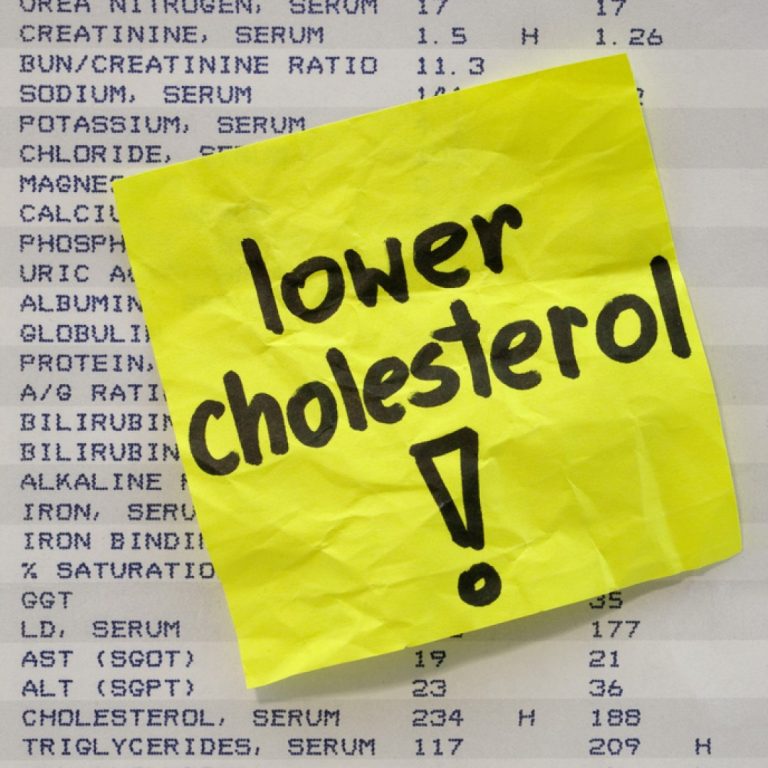
In 1975, Stanford Medicine researchers discovered link between exercise and increased ‘good’ (HDL) cholesterol levels. The Coronary Primary…

In 1975, Caltech President David Baltimore, former Caltech faculty member and Salk Institute researcher Renato Delbucco, and Caltech…
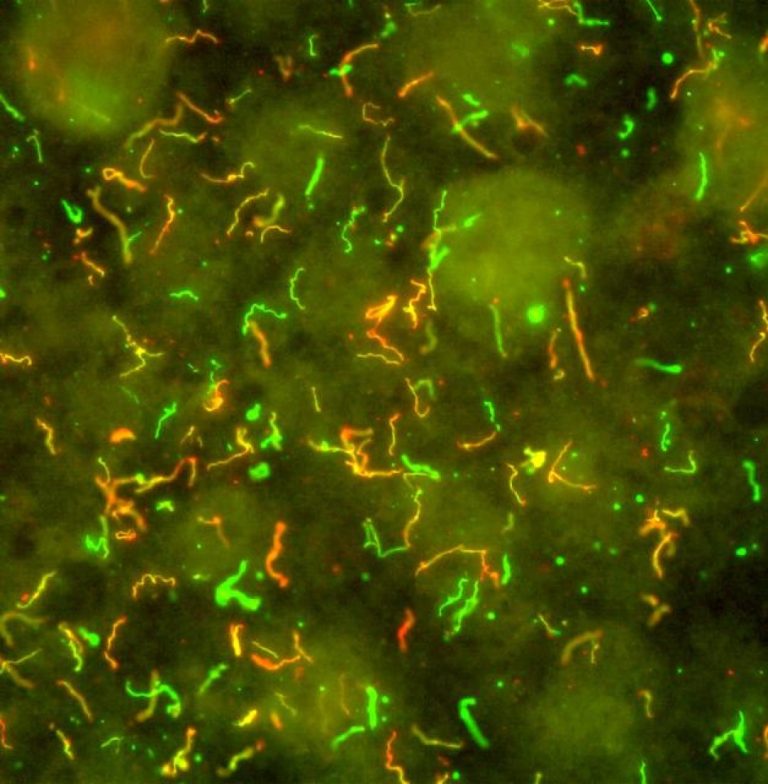
In 1975, Lyme Disease was identified and named at Yale University. The spirochete that causes Lyme disease was…
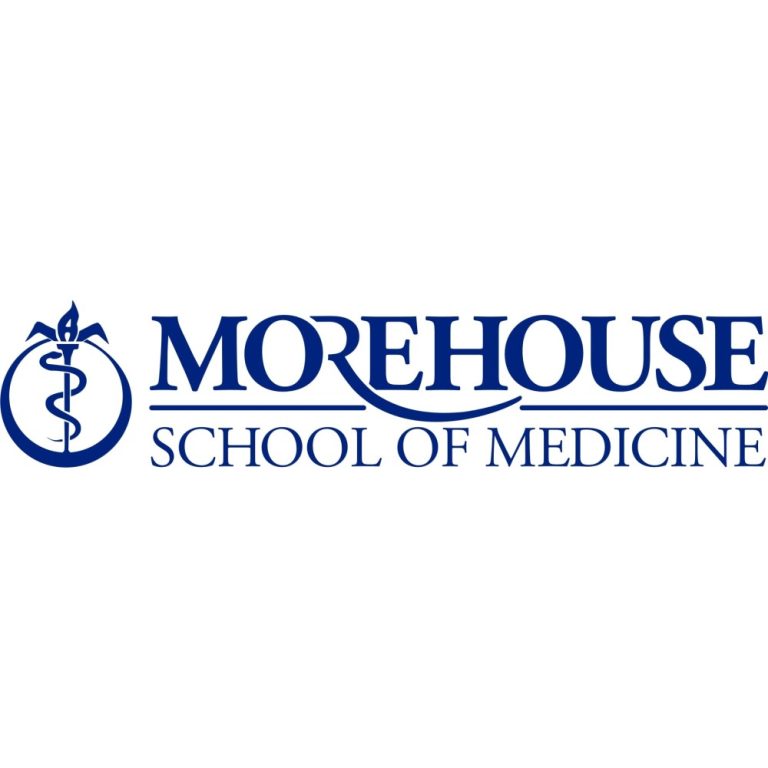
In 1975, the Morehouse School of Medicine (MSM) was founded as a two-year Medical Education Program at Morehouse…

In 1975, the U.S. Centers for Disease Control and Prevention (CDC) established the vessel sanitation program alongside the…

On Dec. 17, 1974, CANCERLINE, a national database of published cancer research, was established by the National Cancer…
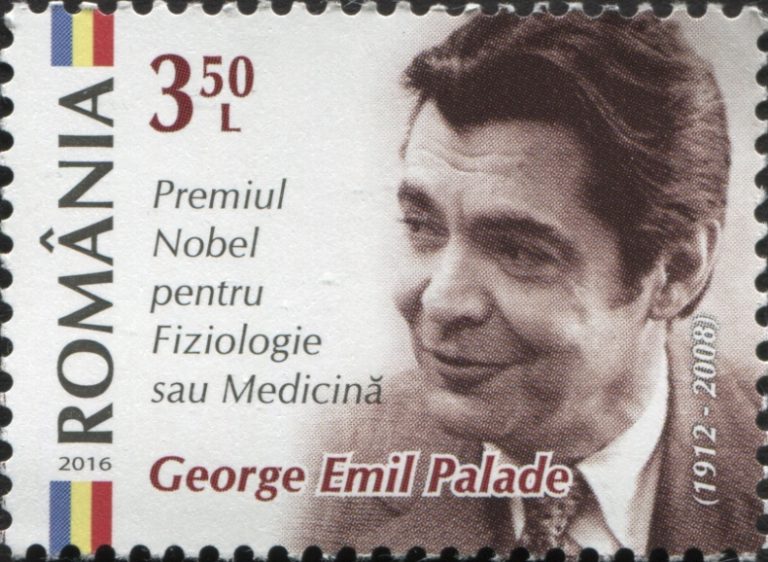
In 1974, George E. Palade, of the Yale University School of Medicine, was awarded the Nobel Prize for…
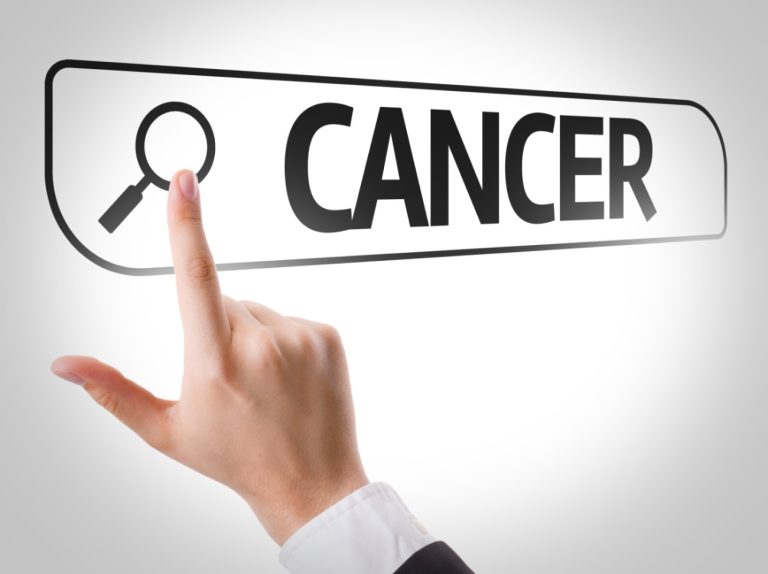
On Sept. 12, 1974, the National Cancer Institute (NCI) made its first cancer control awards to state health…